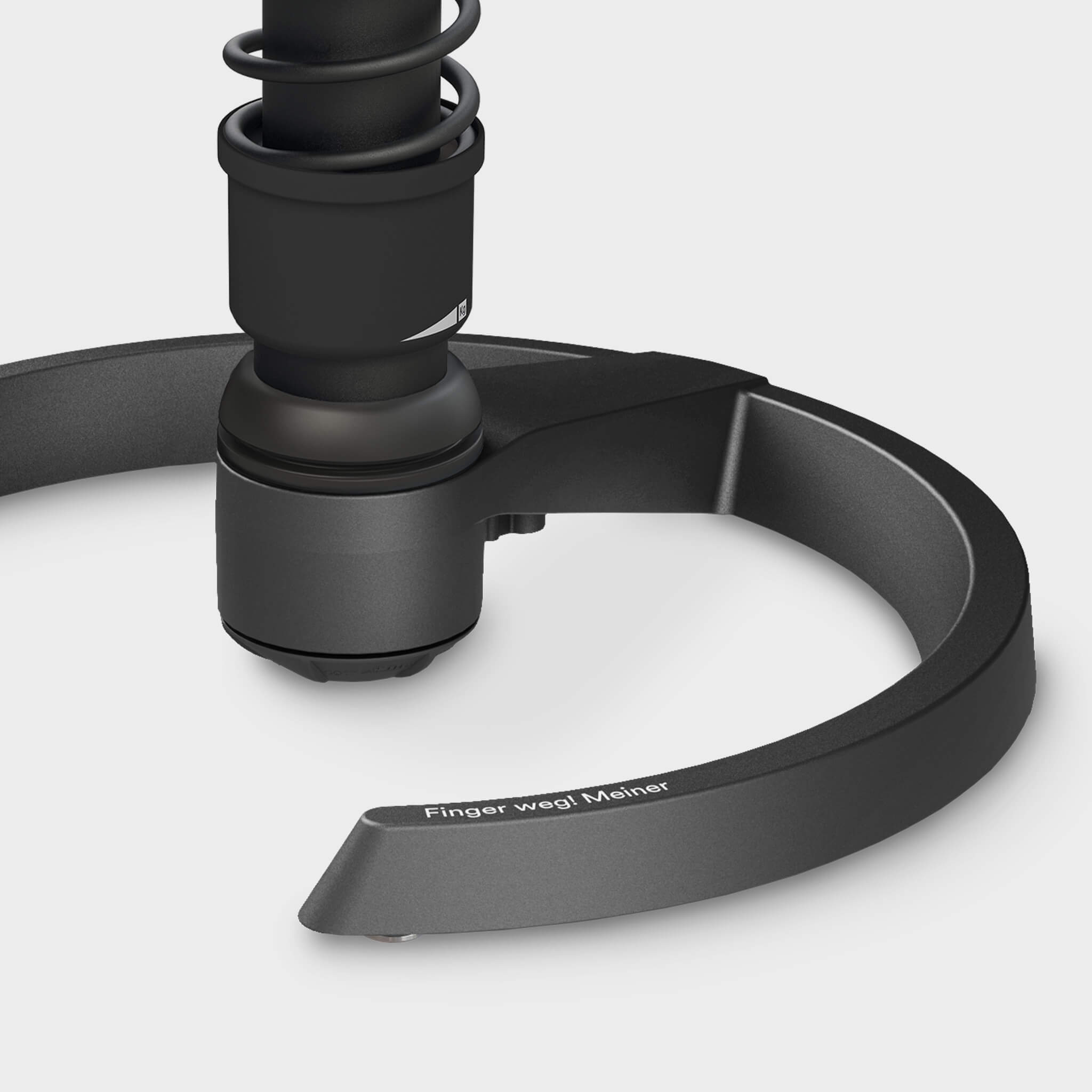What is osteoarthritis?
Osteoarthritis is a progressive damage to the joint cartilage, which over time also affects the adjacent bones. Osteoarthritis can occur in all joints in the body. The shoulders, knees and hips are particularly frequently affected. Osteoarthritis is one of the most common joint diseases. 90 percent of osteoarthritis sufferers are overweight.
How does osteoarthritis develop?
To ensure that joints can move smoothly and do not rub against each other, the joint bones are protected by a layer of cartilage. Long-term excessive strain, for example due to excess weight , sporting activities or misalignment, can cause the cartilage to wear out. The cartilage layer becomes thinner and thinner until it almost completely dissolves. This means that the ends of the bones meet unprotected, which can cause considerable pain. The bone structure in the joint area changes. Movement is then only possible when it is painful. In some cases, the wear and deformation can even lead to stiffness of the joints.
Osteoarthritis often creeps in without the sufferer being aware of it. The degenerative processes in the joints do not always lead to pain immediately. The first symptoms can be, for example, difficulty getting up or uncomfortable sitting.
What can people suffering from osteoarthritis do?
Osteoarthritis cannot be cured. For those affected, it is more a matter of relieving pain and improving the mobility and function of the joint and maintaining it for as long as possible. The best way to do this is through regular exercise , avoiding long periods of sitting rigidly and eating a healthy, balanced diet. Because every kilogram of body weight that the joints don't have to bear reduces the symptoms.
In your free time, you should therefore include sporting activities such as cycling, swimming, walking and light hiking. This way, your joints are moved to the right extent and not overstressed. But you can also do a lot at work. Most people sit there for up to 10 hours a day and therefore move far too little. Active seating from Aeris, such as the Aeris Swopper, Aeris Muvman or Aeris 3Dee, can offer a simple solution to this. Thanks to patented 3D technology, they allow more than twice as much movement while sitting as conventional office chairs.
For example, numerous orthopedists, physiotherapists and osteopaths recommend the Aeris Swopper from Aeris as a healthy, joint-friendly office chair for the following reasons: The spiral spring in the Aeris Swopper allows every person in their weight class to swing gently. This relieves the strain on the intervertebral discs and joints and the "pump-suction effect" supplies them with plenty of nutrients and removes harmful substances. In addition, when sitting on the Aeris Swopper you have to constantly balance and maintain your equilibrium , just like when walking and standing. You sit in "unstable equilibrium" because the pivot point is in a rubber joint at the base of the spring leg. This means that the back and abdominal muscles are constantly moving slightly and are strengthened. The lateral flexibility and the forward tilt when sitting on the Aeris Swopper also increase the grip space, ensure optimal posture in relation to the work surface and prevent poor posture.
A healthy diet, as well as plenty of exercise, can also have a positive effect on the overall course of the disease. A suitable diet for osteoarthritis should primarily reduce excess weight, prevent inflammation and provide the cartilage tissue with sufficient nutrients. Basically, you should avoid animal products in favor of plant-based products. The motto is: fewer calories , more vitamins. To get the omega-3 fatty acids, it is worth eating fish regularly and, above all, lots of fruit and vegetables. It also helps to replace wheat products with whole grain products and pulses. For an osteoarthritis diet to be successful, it should be followed on a long-term basis.
